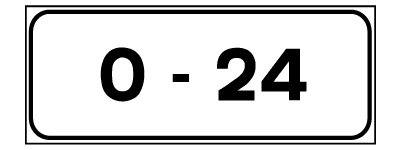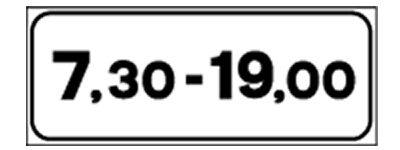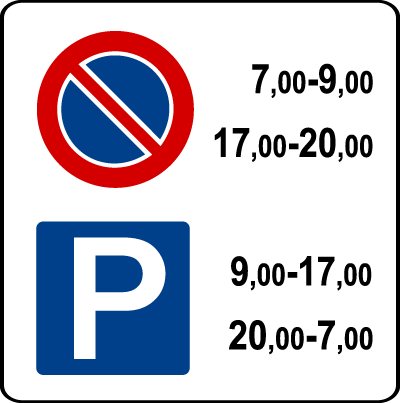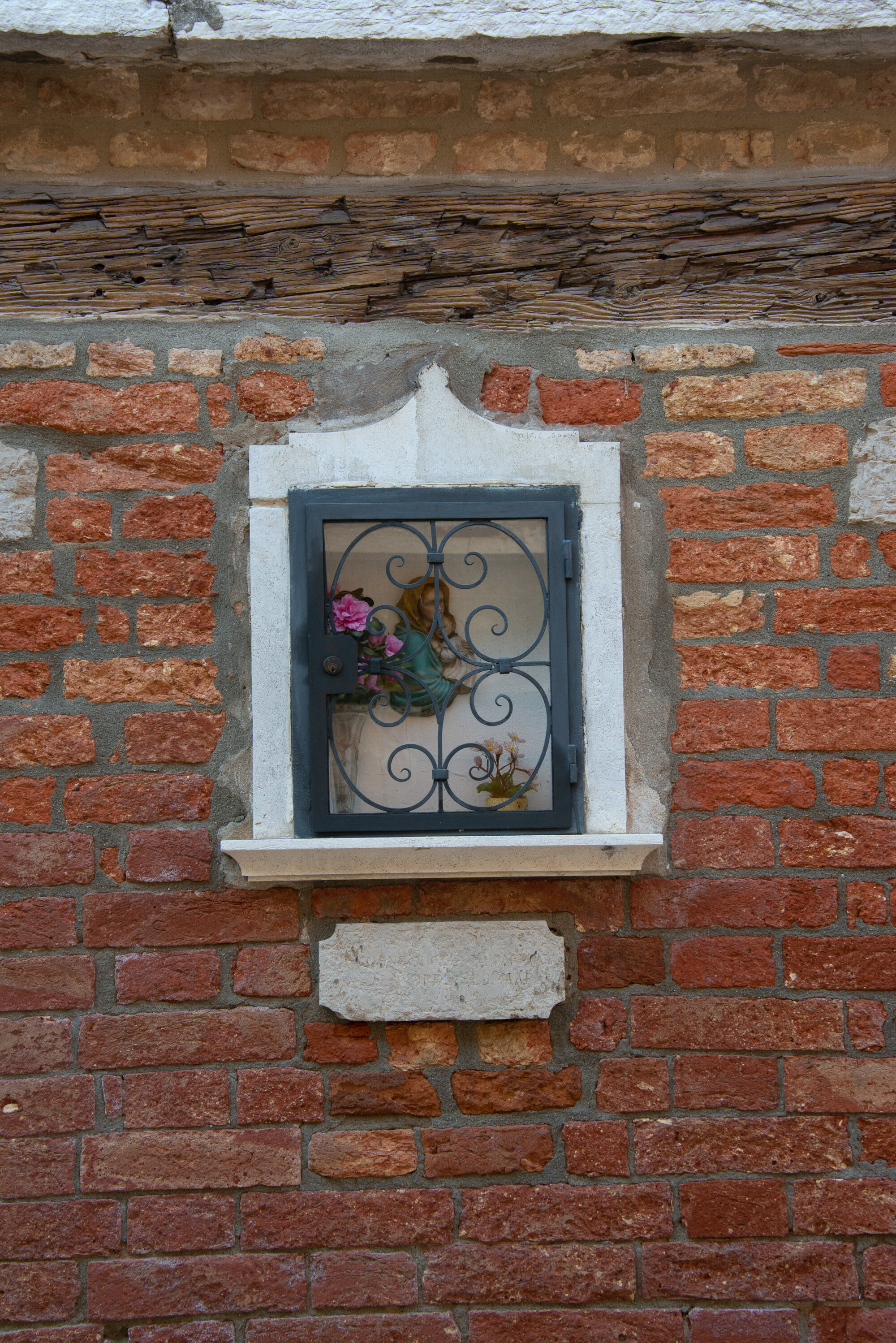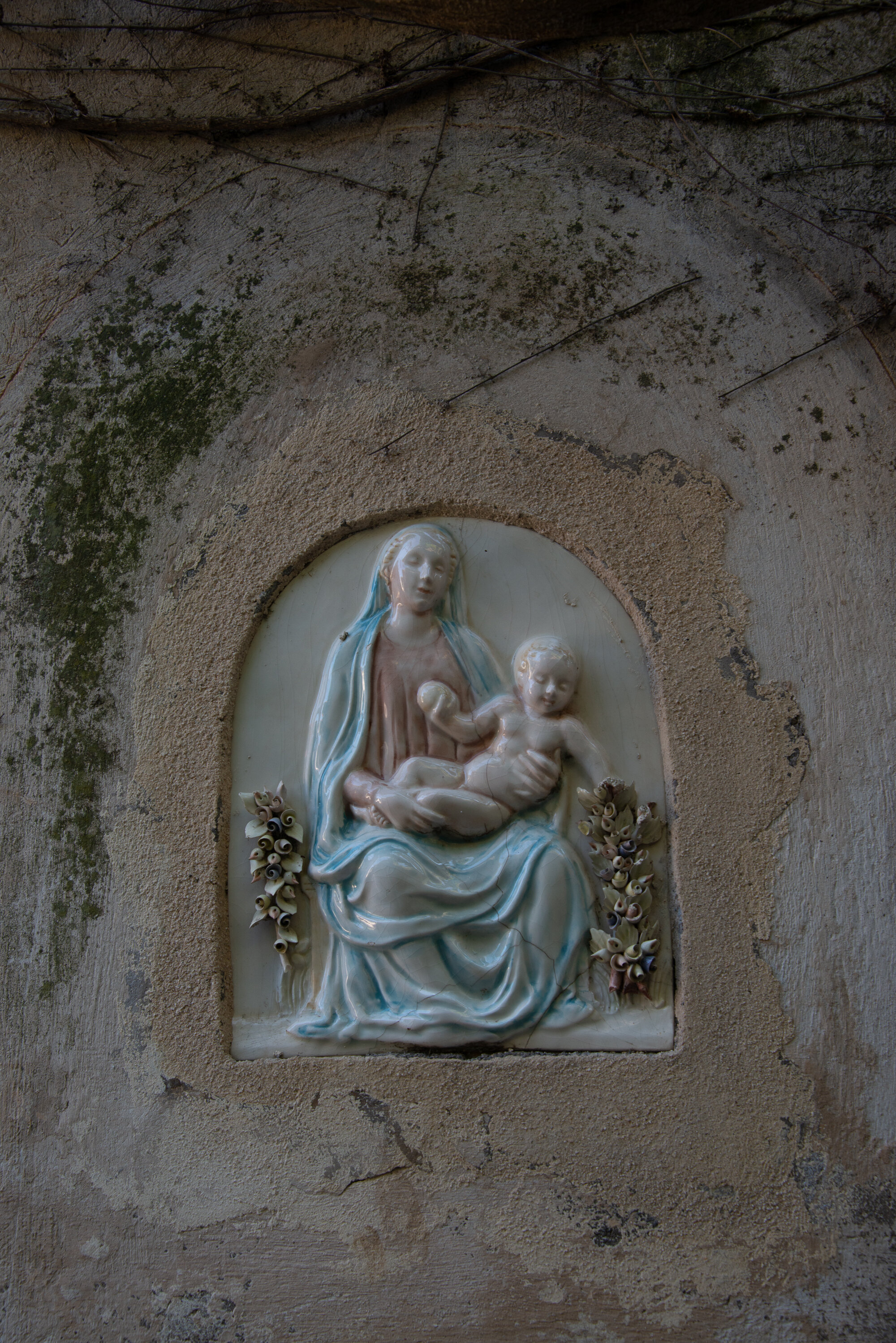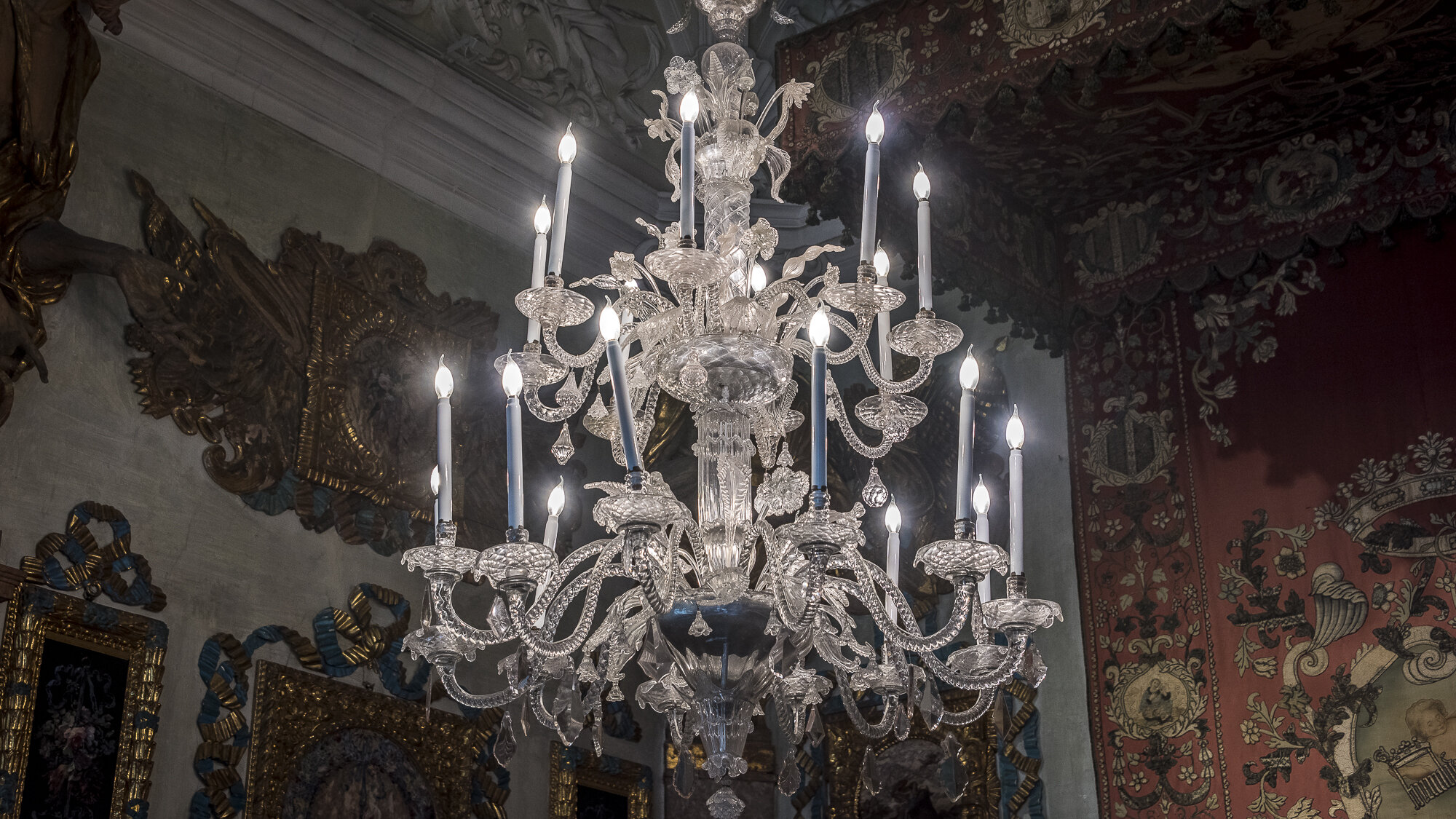If you are expecting to find Driving a Car in Italy - Part 2, then you’ll have to wait a week. I know, you are hankering to find out how to rent a car and easily get around. But bare with me, as I sprinkle in another photo transformation, from blah to aahhhh.
First of all, I have to say that I didn’t know that there would be much call for a blacksmith on the island of Murano, sitting right there in the Venetian lagoon. Horses? It’s not that big of an island. But, there it is.
But then, I asked Siri what a blacksmith is, and ‘she’ said, “A person who makes and repairs things in iron, by hand”. So, there you have it…I guess those of us who were raised on western movies just associate a blacksmith with the shoeing of horses.
Today’s transformation takes a snapshot captured during a glass-purchasing trip to the island of Murano, and creates something a bit more palatable.
In this original shot, you can see the sign above the archway that reads, “SOTOPORTEGO E CORTE DEL FABBRO”, which translates to “Sotoportego and Blacksmith’s Court”. If you need the word ‘sotoportego’ to be translated one more step, it is like an alley that passes under a building — like the one in the photo. You will see many sotoportego as you travel within Italy.
Original snapshot
I hope that you would agree with me that there isn’t much in this photo of interest to you, the fine-art lover. But, I felt that after getting home to work on it a bit, there might be something there. You’ll have to be the judge.
And, as just a reminder for those familiar with my Italy photography, my goal is to provide you with photos of Italy in a time gone by…not a time with electrical boxes and conduit, as you see in the photo. So, let’s get started…
My first step was to crop the original into an 8x10 portrait aspect ratio. Then, I removed those obtrusive electrical items from the scene. I also eliminated the signage above the archway that lets us know where we are. Speaking of knowing where we are, I also removed the house number and intercom to the right of the gate.
The photo below shows you where we’ve gotten thus far.
An 8x10 aspect ratio and distraction removal
I’m not liking the asymmetry of the photo — where the awning is on the right side, but not the left. I started to remove the awning. But, then I thought, “Let’s just put that awning on the other side, too”. So, that’s what I did, along with the underlying concrete ‘pillar’ and window with Venetian blinds — interesting that they have Venetian blinds in Venice, right? Now, they aren’t necessarily part of a Venice in time-gone-by, but they are definitely Venetian…so they stay.
The awning and window et al have been added to the left side of the photo to balance out the entrance to the sotoportego
That bright blue piece of metal spanning the entrance bugs me. And the stone work along the bottom of the photo is not level. I need to work on those two issues.
Also, I feel that the courtyard needs to be the focus, so it needs to be brightened a bit, and the surrounding entrance needs to be darkened a bit.
Semi-final version - courtyard emphasized and entrance area de-emphasized
Right now you are probably wondering, “Why did he remove the signage above the entrance that let us know where we are?”. I’m wondering that, too…why did I do that? Whatever the reason, I’ve decided to change my mind.
So, here is the final image.
The final version, with location signing, and all…but maybe not so final
OK, I fibbed…there’s something else bothering me. It has to do with where I was standing when I took the snapshot. If I had stepped to the right a couple of feet, the blacksmith’s gate would be centered in the archway (but I would have been up to my neck in the Rio dei Vetrai canal) . There is also a bit of too-light clutter in the left part of the archway that I want to remove. I’m going to resolve those issues now. I’ll be back with you in just a moment…(imagine the theme from Jeopardy here)…
…I’m back now and you can see the final version (really, I mean it this time) just below. The symmetry makes me feel better.
That’s it. we’ve taken a rather starkly blah snapshot captured after lunch at Trattoria Busa alla Torre, and we managed to create a bit of a mysterious entrance to the island of Murano blacksmith’a courtyard. Who knows what goes on back there? Only the blacksmith!
Next week I’ll be back with Driving a Car in Italy -Part 2. See you then…and if you haven’t read Part 1, you can do that here.
Ciao for now,
Steve




